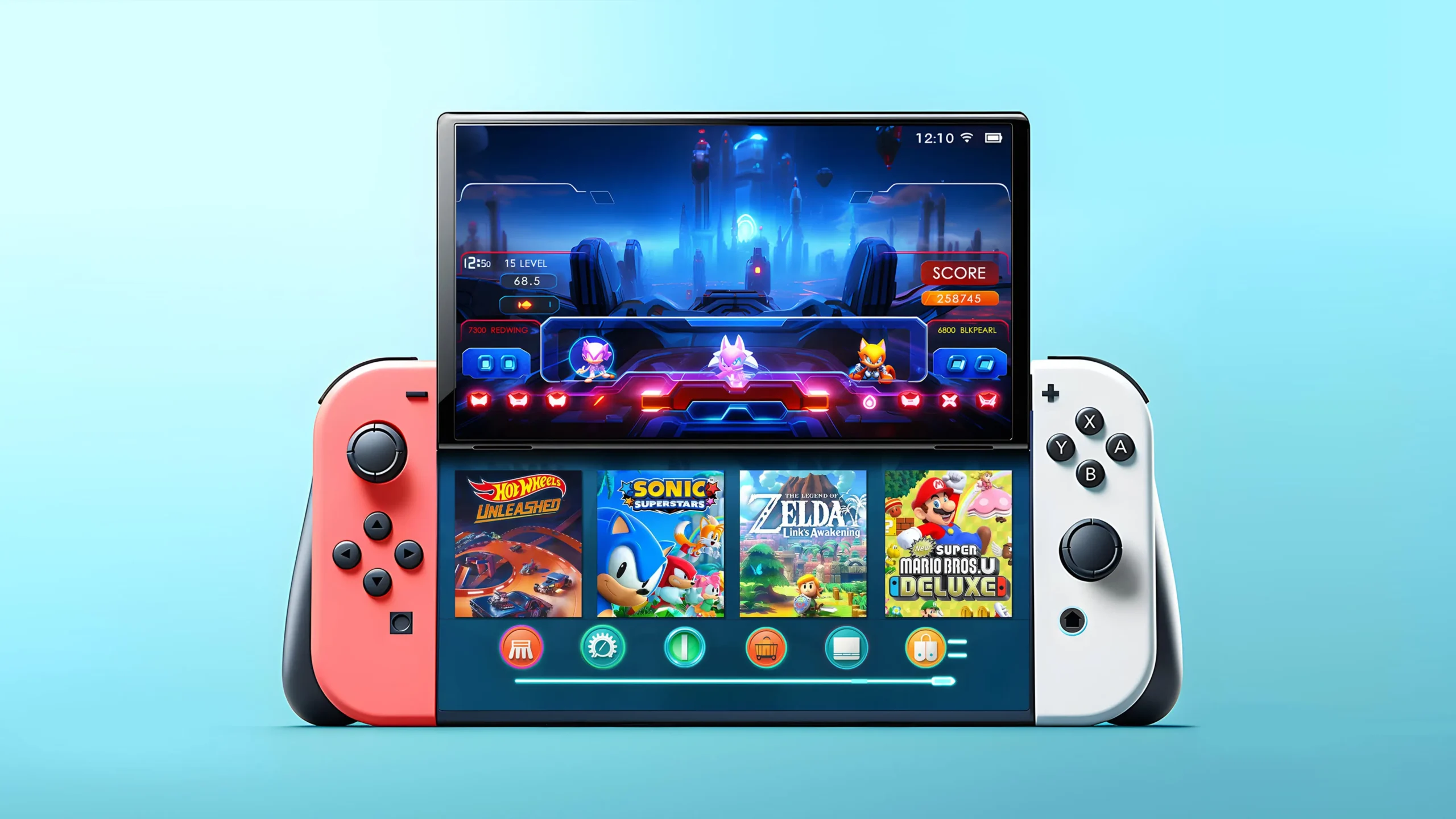Nintendo’s journey through console development has been a rollercoaster of innovations, successes, and occasional misfires. With the anticipated arrival of the Nintendo Switch 2, it appears that the iconic gaming company has taken a reflective approach to its new product design, potentially correcting the course from the less successful Wii U era.
At the E3 2011 event, the gaming world held its breath as Nintendo unveiled the Wii U. The announcement, led by then-president Reggie Fils-Aimé and his counterpart Satoru Iwata, was met with mixed reactions. The console’s bulky controller and unconventional design did not resonate well with the audience, especially compared to its predecessor, the sleek and innovative Wii. The Wii U struggled to captivate the broader audience that had embraced the original Wii, signaling a rare miss in Nintendo’s storied history of console releases.
However, the failures of the Wii U were not in vain. The lessons learned from that period appear to have significantly influenced the development of the Nintendo Switch, which would go on to break sales records and captivate millions of gamers worldwide. The Switch’s success was a testament to Nintendo’s ability to innovate while keeping the consumer’s desires at the forefront.

The Dawn of Switch 2: Evolution Rather Than Revolution
Recent leaks and rumors about the Nintendo Switch 2 suggest a strategy of evolution over revolution. This approach seems to be a direct nod to the shortcomings of the Wii U’s attempt to redefine gaming. The Switch 2, according to various sources, including accessory prototypes and insider information shared on platforms like Reddit, is set to refine the features that made the original Switch a hit.
Enhancements in the new console reportedly include a larger 8-inch display, improved Joy-Con controllers with magnetic attachments, and a more powerful chip. These upgrades suggest that Nintendo is focusing on enhancing the user experience by upgrading the existing framework rather than overhauling it entirely.

Design Insights and Consumer Expectations
The design philosophy for the Switch 2 seems to be rooted in consumer feedback and historical data from previous consoles. Nintendo has possibly decided to keep the name “Nintendo Switch 2” for the upcoming console, indicating a straightforward sequel approach, which contrasts sharply with the experimental naming and concept of the Wii U.
As we inch closer to the official unveiling of the Switch 2, expectations are high, and the gaming community is eager to see how Nintendo will surprise them this time around. While maintaining the core aspects that players loved about the original Switch, the company is poised to make significant improvements that address past criticisms.

The trajectory of the Nintendo Switch 2 reflects a matured perspective on product development, emphasizing refinement and user satisfaction. By learning from the Wii U’s pitfalls, Nintendo is setting the stage for another potentially successful chapter in its console legacy. As the gaming world looks forward, the Switch 2 stands as a promising beacon, potentially heralding another era of innovative and enjoyable gaming.










